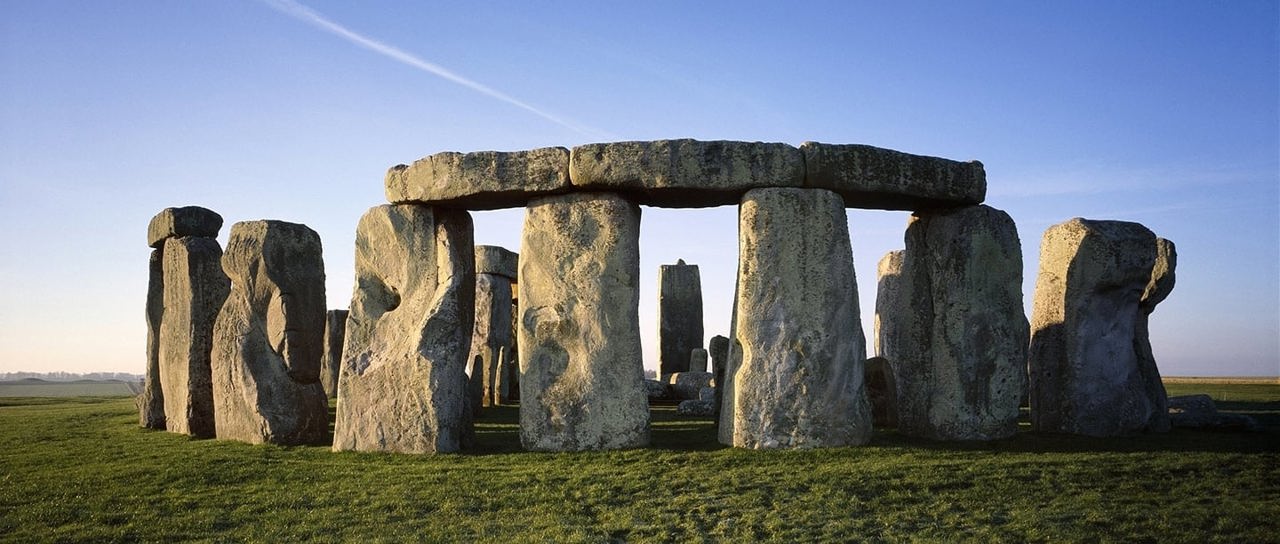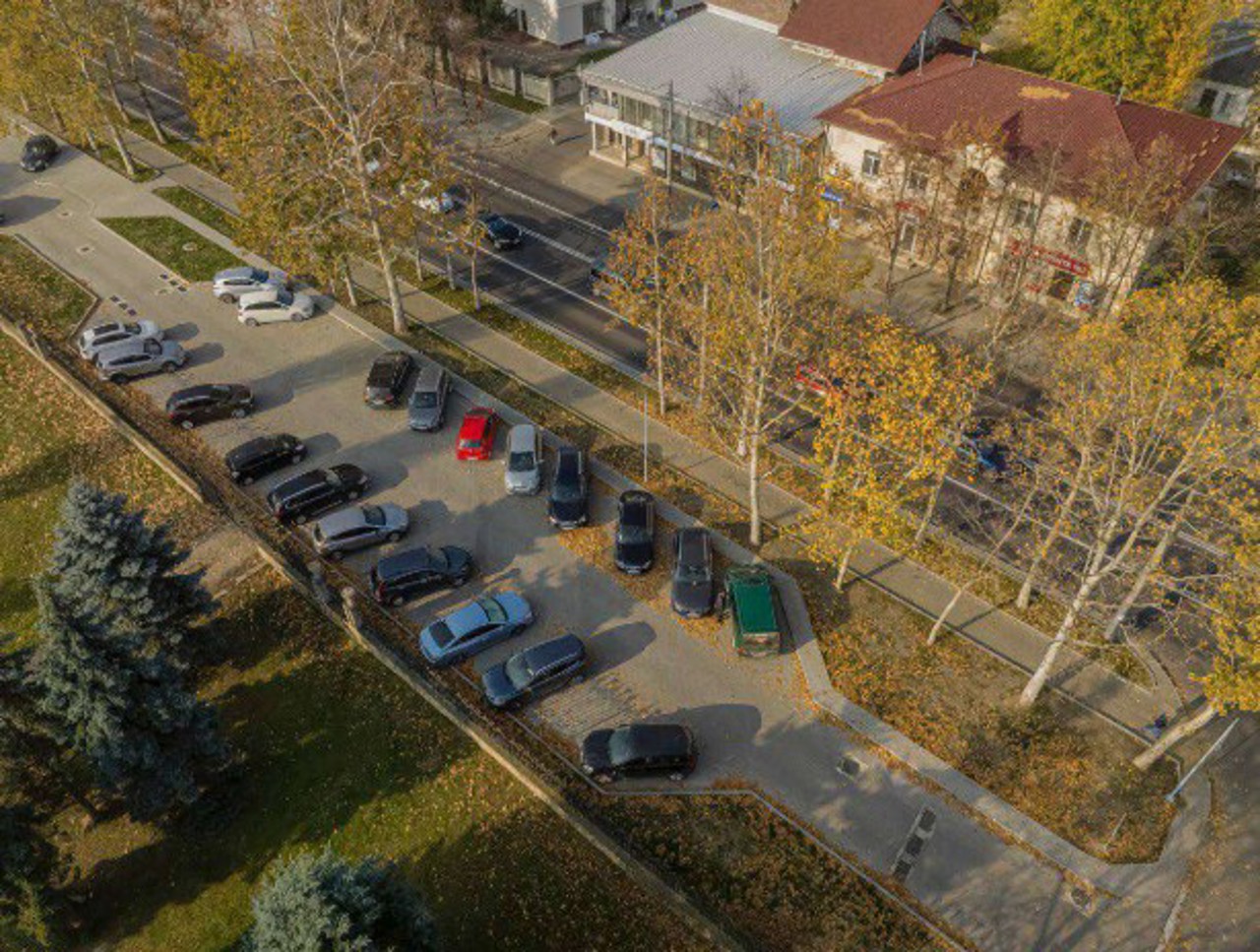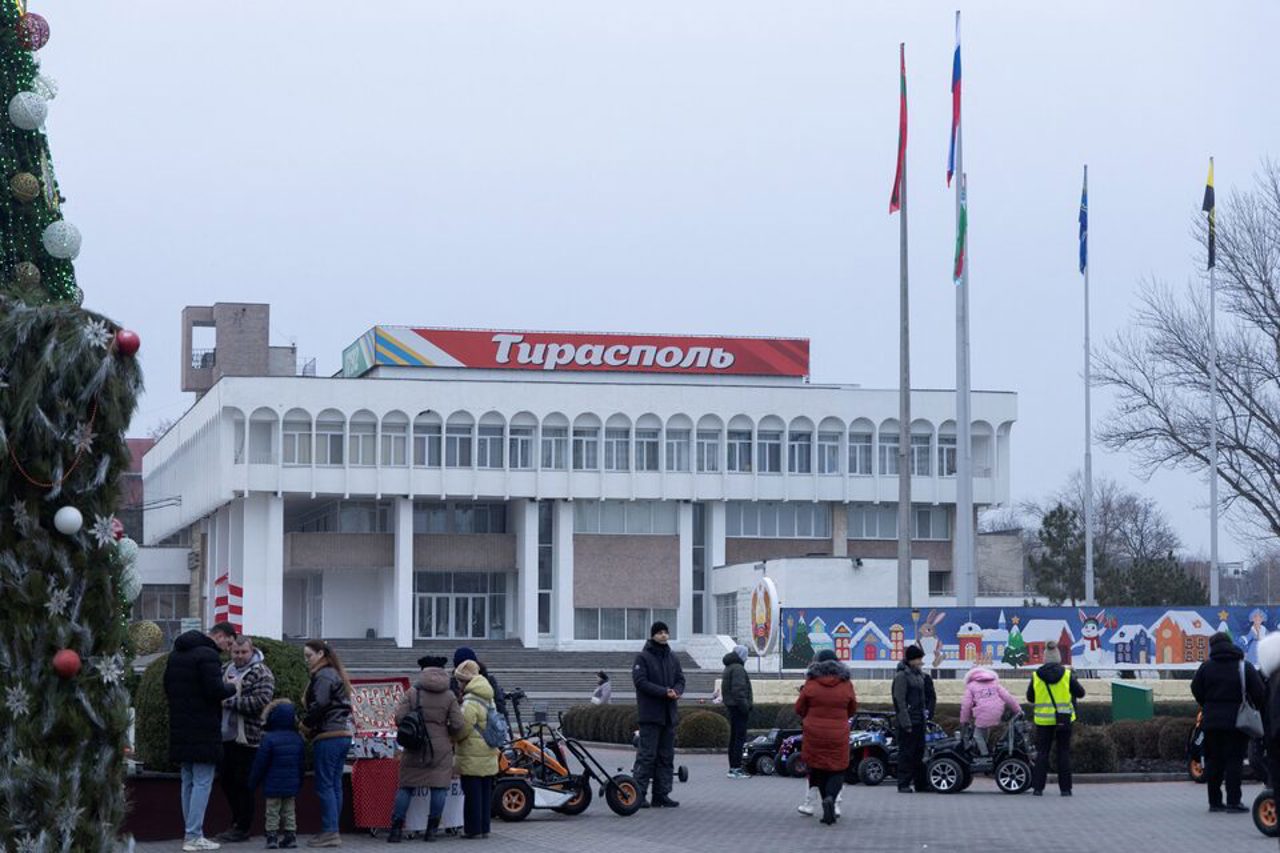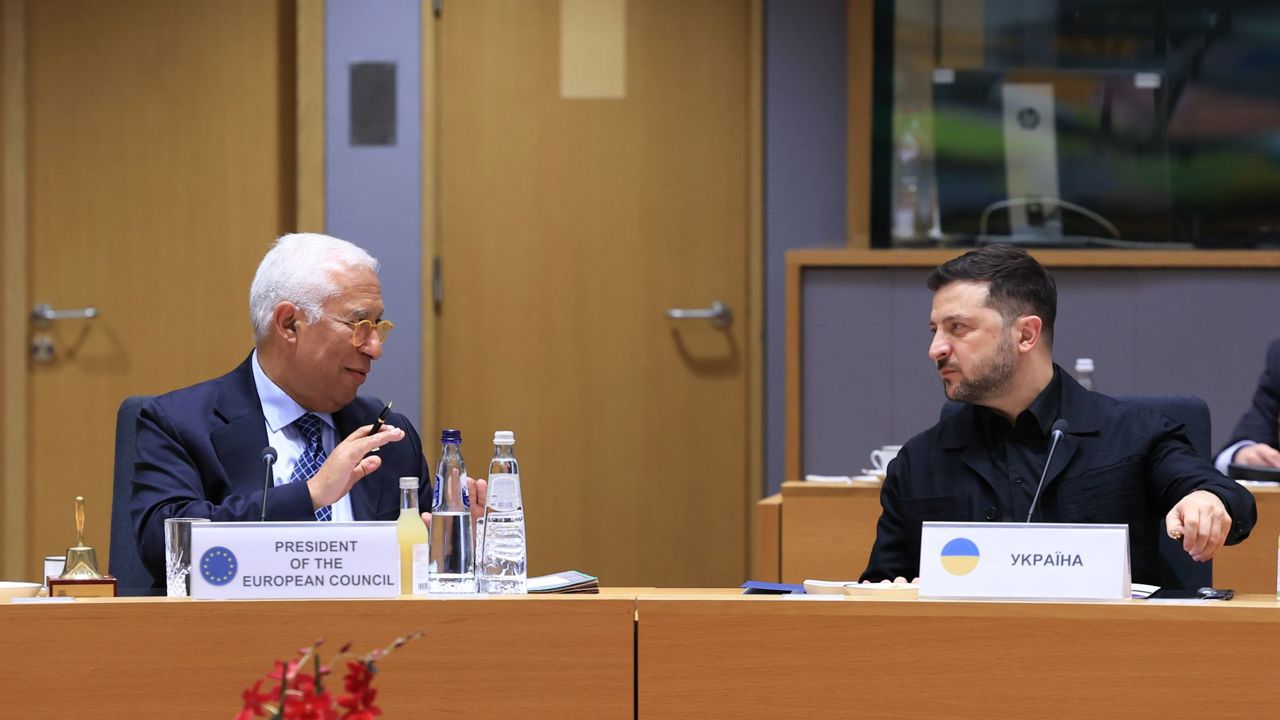Environmental activists clash over Stonehenge tunnel construction
Controversy surrounds the renowned megalithic monument Stonehenge in the United Kingdom. Several environmental activists have expressed opposition to the construction of a tunnel in close proximity to the site, a decision made just a month ago. On the other hand, other activists argue that the construction of this tunnel is necessary to alleviate traffic in the nearby town.

"The construction of this tunnel will undoubtedly be a disruptive undertaking."
"I believe that building this tunnel would greatly harm the surrounding environment and history."
Some environmental activists assert that during the construction process, numerous ancient graves could be affected. This concern is heightened by UNESCO's prior warning that Stonehenge might be categorised as an endangered monument, potentially losing its World Heritage status if the project proceeds.
"We must take care of this site, as it is part of our global heritage; there is nothing like it, and we shouldn't make incisions through it. It could end up on the endangered monuments list, putting it at risk of losing its World Heritage status," says activist Suzanne Keene.
Conversely, activists from the nearby town argue that the construction of the tunnel is necessary to ease traffic congestion in the area, sparing locals from the disturbance caused by trucks.
"The village will become a safer place to live. Trucks pass through here that should normally be on the national road, but it's not the drivers' fault. I wouldn't try to transport goods to the southwest of the country if it meant being stuck in traffic for hours," says activist Jannice Hassett.
The tunnel construction project near the Stonehenge complex was approved by the British government in July. This project was previously introduced two years ago but was halted due to legal challenges. Activists who oppose the decision by London authorities can challenge it in court until Friday.




